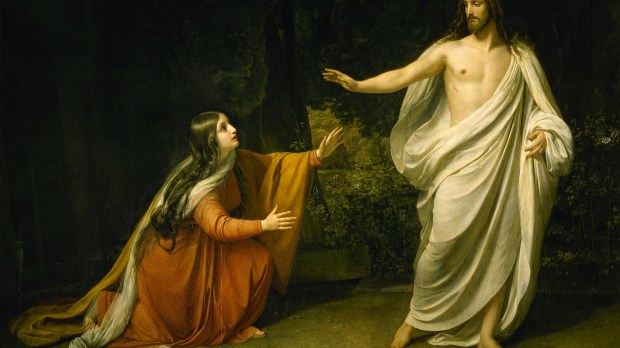On June 3, Pope Francis elevated Mary Magdalene’s memorial day on July 22 to a major feast, confirming what the history of art has known all along: Mary Magdalene is a saint for all seasons. From the earliest stirrings of Christian visual representation to the highest achievements of artistic technique, Mary Magdalene has consistently inspired artists, adapting to each age with her changing costumes, looks and poses to become the perennial supermodel of sanctity. This woman, so relatable to us in her fallen humanity, demonstrates the variety of styles of feminine genius. In honor of her recent recognition, let’s look at her four greatest looks:
She Who Loved: Traditionally, Mary Magdalene was identified with Mary of Bethany, the sister of Martha and Lazarus. John 11:2 tells us that in a great gesture of love, Mary anointed Christ’s feet with costly oil and in John 11:32 she wept at Christ’s feet saying “Lord, if you had been here, my brother would not have died.” Mary Magdalene loved loudly and lavishly, a woman we can all understand. That Mary Magdalene’s emotions often got the better of her inspired many Renaissance artists as they expanded their repertoires of expression. While her vial of oil would often be her attribute, she rose far above her accessories.
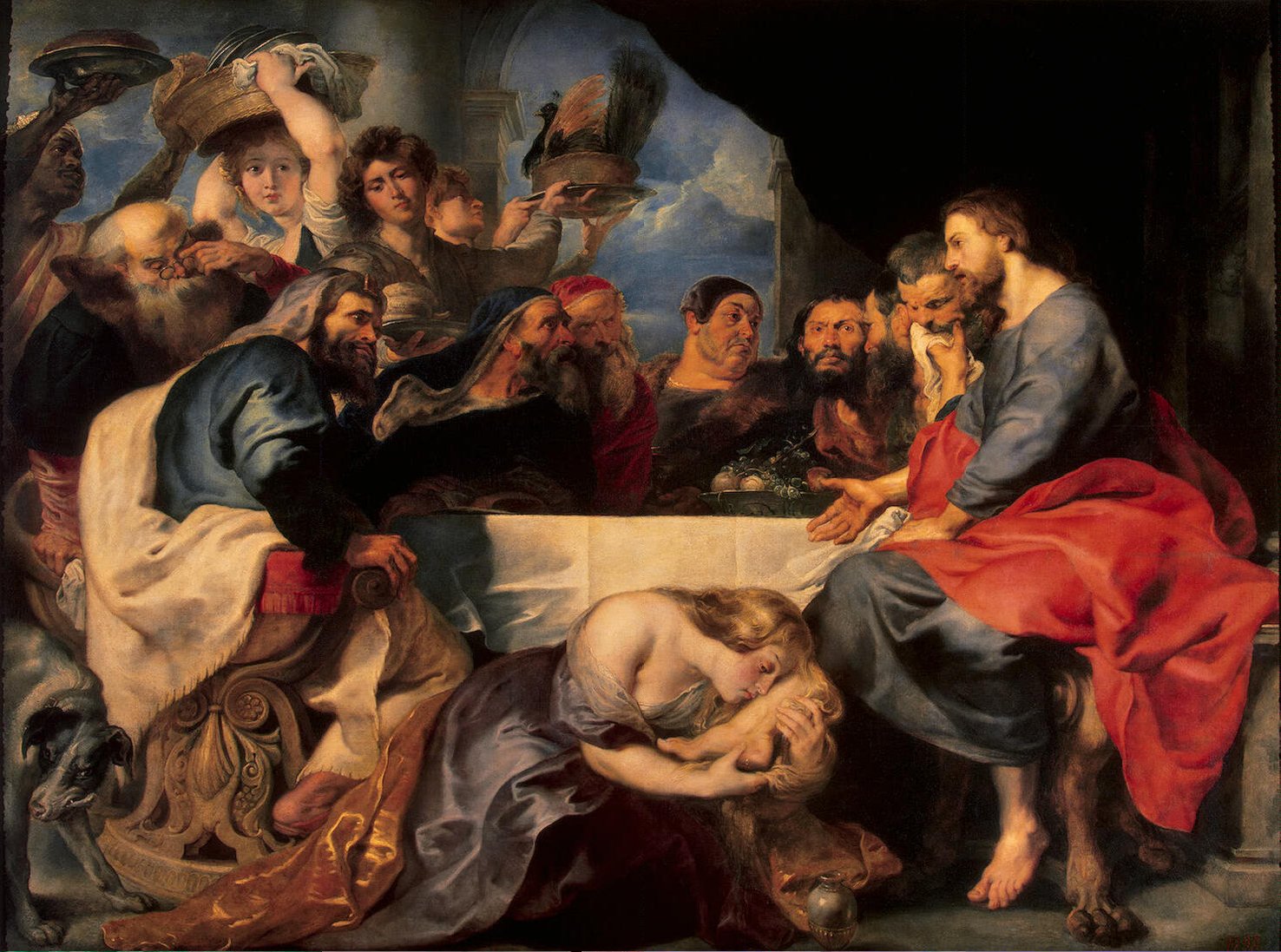
Peter Paul Rubens certainly captured the wild abandon of Mary’s love for Christ in Washing of Christ’s Feet from 1615, but the reactions were anything but positive. It is impossible to not see a reflection of ourselves there – what would we have made of this “improper” adulation in the middle of a respectable dinner? Mary’s Passion however, is best captured at the foot of the cross. Masaccio’s 1426 Pisa Crucifixion contrasts the cool, muted shades of the Virgin Mary and St John with Mary Magdalene’s vivid flourish in red. She kneels, turned away from the viewer, wholly absorbed in her grief. Her platinum hair zigzags down her back like crackles of electricity. She is pure energy, pure emotion, pure expression. The Virgin’s grief is contained, John’s is contemplative, but the Magdalene leads us in the most human of reactions: all-out, helpless sorrow.
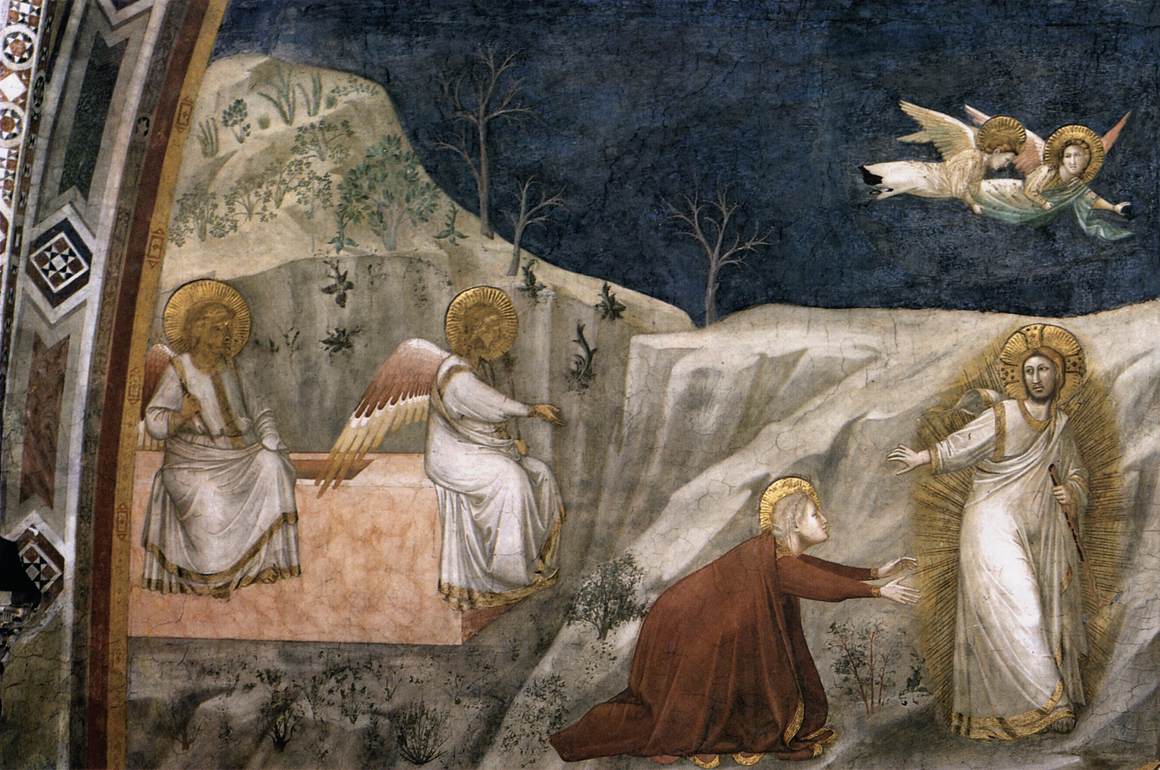
“Apostola Apostolorum”: God rewarded Mary Magdalene’s arrant love of the Lord by making her the first to see the Risen Christ. She “scooped” Peter and John, and was entrusted to carry the most important message in human history to the Twelve. This mysterious encounter inspired endless artistic interpretations. Giotto, star painter of St Francis’ Basilica in Assisi, placed his Noli me tangere in a soft, dream-like setting, with pale grays and cream enveloping the scene. A simple cliff-face sparsely freckled with trees anchors the scene to earth, but most of the figures are not of this world. Angels fly against a lapis sky, two more perch on the squat rose tomb. All are luminous and framed by golden rays like the resurrected Christ. Mary Magdalene, however, solid and scarlet amid the ethereal figures, holds center stage, bringing our heavy, hungry humanity to the feet of the Resurrected Christ.
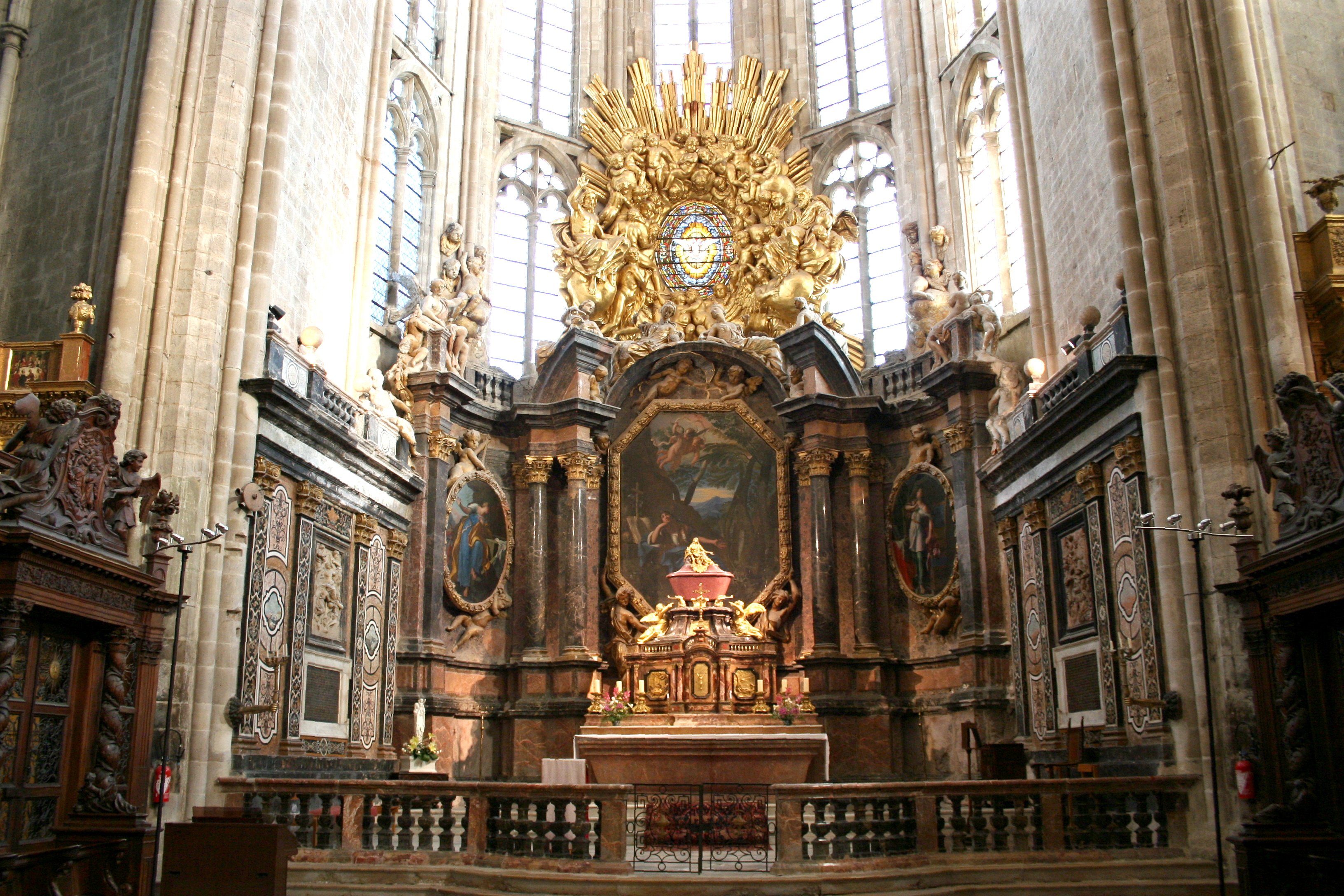
Model Migrant: Mary Magdalene’s life post-resurrection bears many similarities to those of persecuted Christians in those same lands today. Piled in a boat with her brother, sister and other disciples, she was set adrift into the Mediterranean. According to tradition, Providence brought this little refugee boat to Southern Gaul where Mary and her companions evangelized the land that would become France, the eldest daughter of the Church. Her ability to put down fruitful roots and enrich her new home is still visible in the monuments left in her honor. The stunning basilica of Saint-Maximin-la-Sainte-Baume as well as the magnificent Abbey of Vézelay—gathering point for pilgrims travelling to the Holy Land—attest to her role in bringing the people of God together and leading them to Christ.
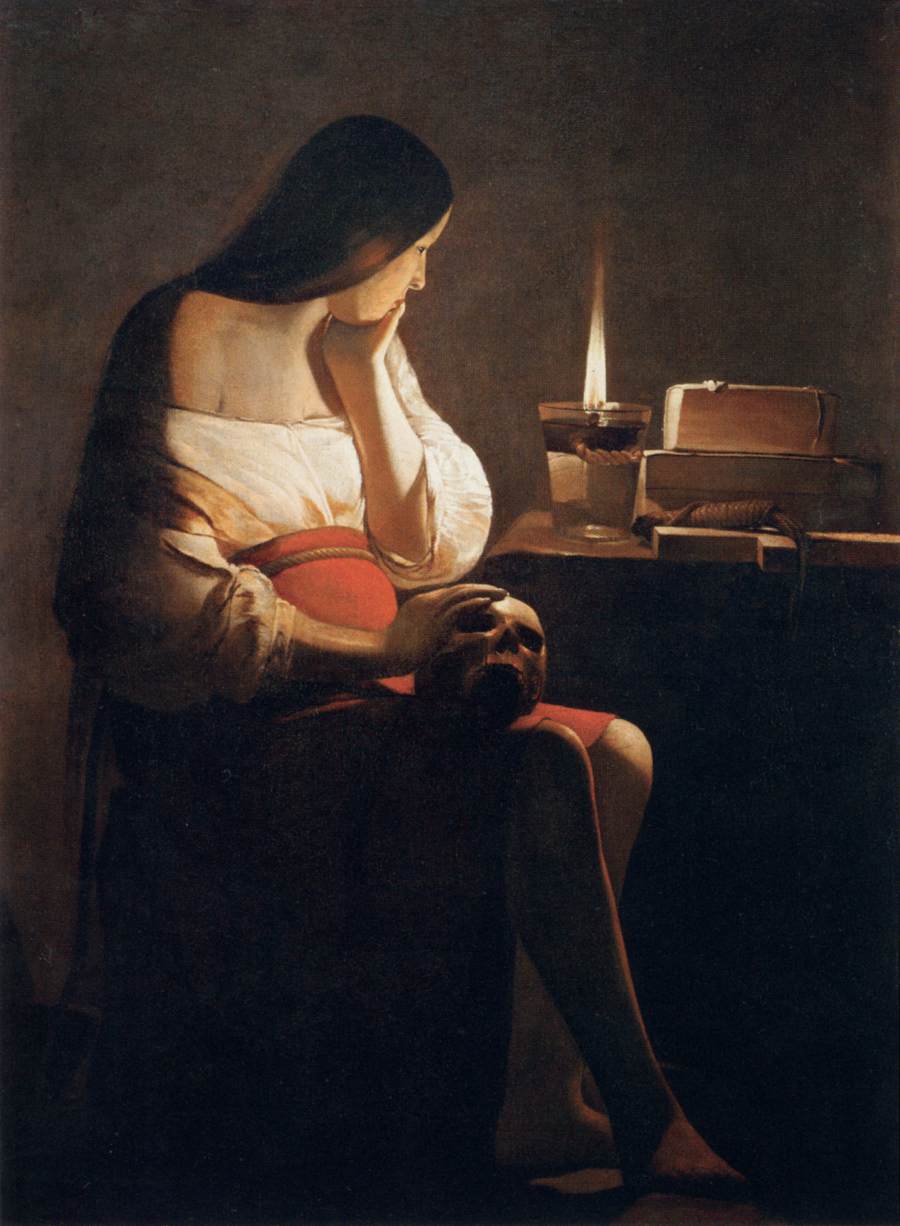
Poster Child for Penance: Mary Magdalene’s most successful look, however, was that of the paradigm of penitence. Any starlet can rock gowns and accessories, but it takes a very special lady to make repentance look good. Pope Saint Gregory the Great saw her great potential to show the beautiful side of penitence when in 591 he conflated her with the adulterous woman and the woman saved from seven demons in homily XXXIII on Luke 7:36-50. Who else could show the world that saying you’re sorry is empowering and beautifying? Art loves the Penitent Magdalene: Titian gave us a strawberry-blond siren whose evident beauty is now for God alone; Donatello produced a startling wooden statue of a woman whose beautiful bone structure remains visible despite her emaciated form, and whose golden hair emanates a glowing life and energy. George de la Tour showed a contemplative Magdalene learning about the Lord through reading and prayer; Caravaggio gave a God’s-eye view of the moment of her repentance, casting away pearls and jewels and weeping over the emptiness of her life.
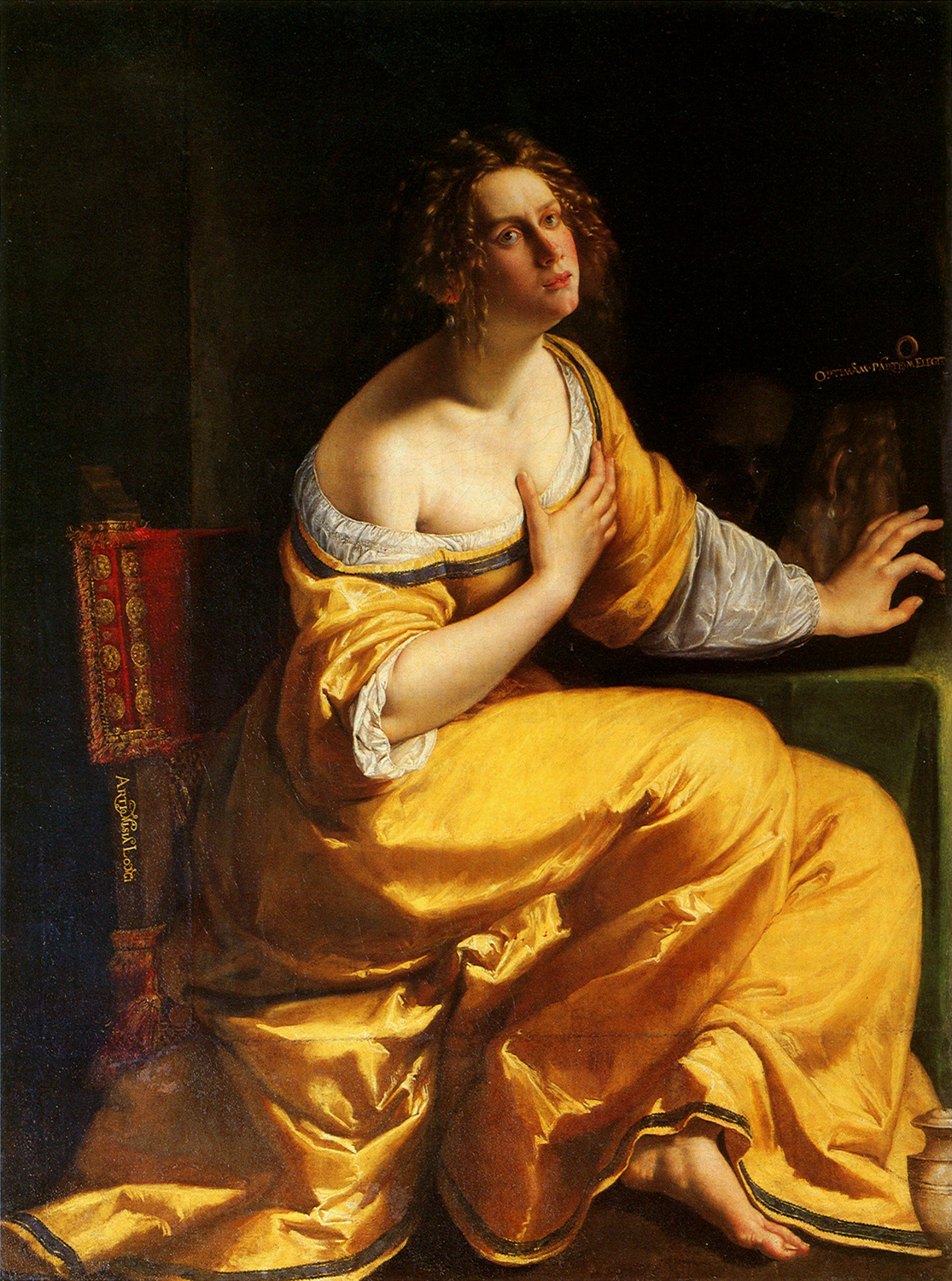
The first female artist to join the Florentine academy, Artemisia Gentileschi painted a particularly moving Magdalene in 1617 for the Medici family. Like Caravaggio’s Magdalene, she wears the yellow robe of a courtesan and sits amid luxurious silk and velvets. But she turns away from the gilded cage of delights and her nude shoulders seem to emerge from the opulent trappings like a newborn reaching towards the light above. One hand on her heart which has been opened, the other towards the mirror that showed her who she was before God. Her eyes, now fully open, yearn for freedom, for Christ, for light. Her bare foot prepares for her first humble step towards a life of penitence. Mary Magdalene doesn’t stop being beautiful or compelling when she turns to Christ, but that beauty is no longer meant to enrich herself but to glorify the Lord who loves her more than anyone ever had.
More to Read:What is the “Holy Grail” of art history?
Artemisia Gentileschi experienced the pain of public transgression after she was raped at 17 by her father’s colleague, and allowed her assailant to continue, hoping he might marry her and repair her reputation. Her father’s discovery of the situation and the subsequent rape trial humiliated and exposed the young girl to more gossip than the most scandalous of reality show stars. Picking up the shreds of her life and packing her prodigious artistic talent, she moved to Florence to start again. Her claims to fame were the many beheading images she executed of biblical heroines, interpreted by modern feminists as her hatred of the man who ruined her and the patriarchal society that exiled her.
These commentators, however, neglect to mention that Artemisia painted penitent Mary Magdalene as her second most popular subject.
It took the sad, barren late 20th century to pervert Mary Magdalene into the wife of Jesus and true heir to the authority of the church in Dan Brown’s novel, The Da Vinci Code—a telling, albeit depressing expression of the state of “art” today.
As a friend of mine once put it, Dan Brown’s suggestion that Mary Magdalene’s enduring influence came from the fact that she was married to the boss, sounds like a pretty petty, post-modern man’s idea of empowerment.
More to Read: The treasures of Santa Maria Antiqua
